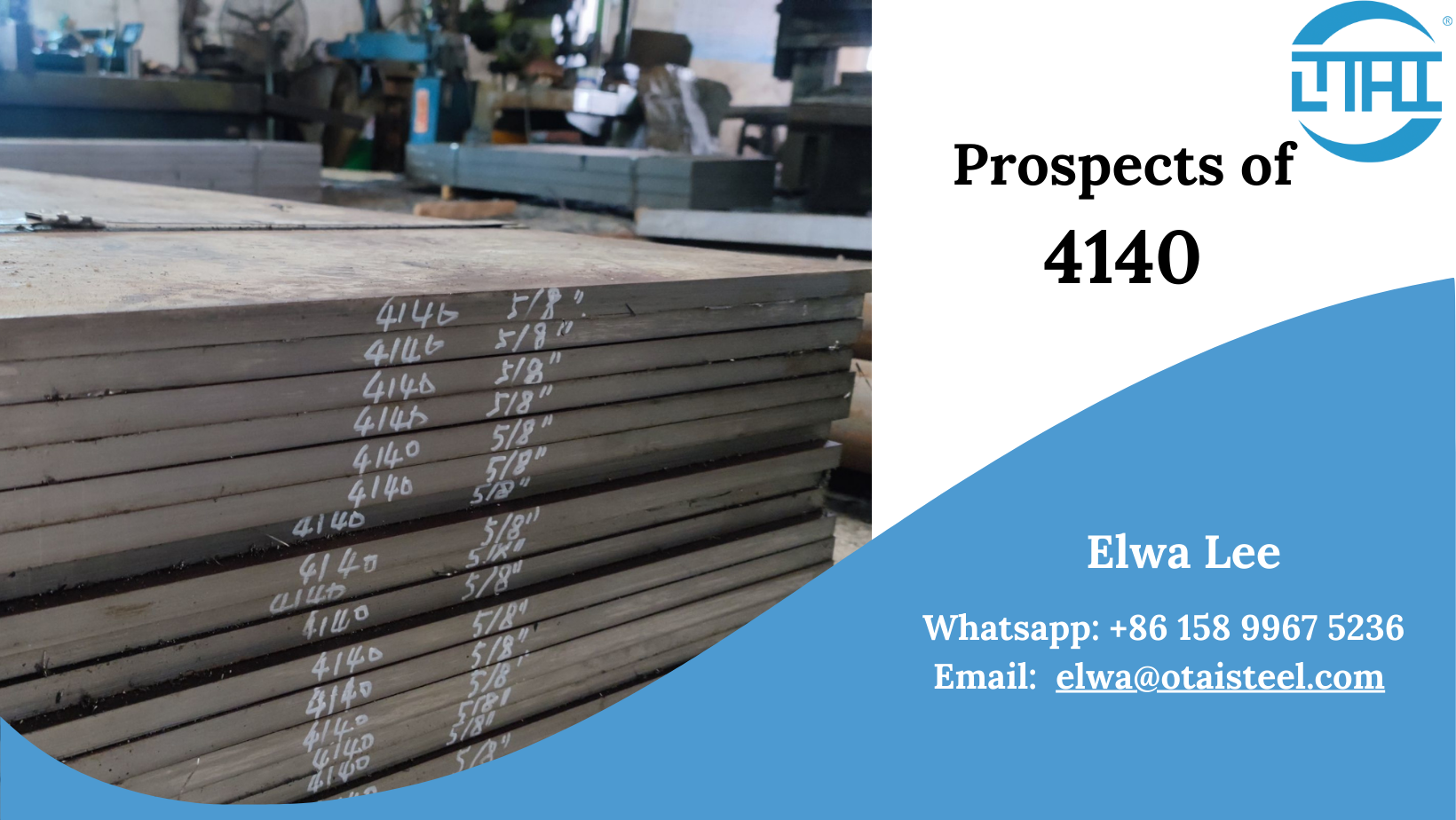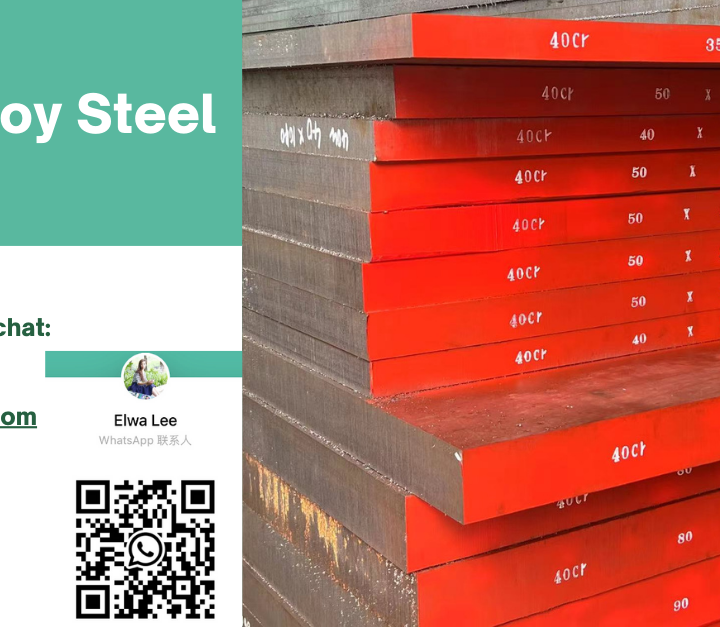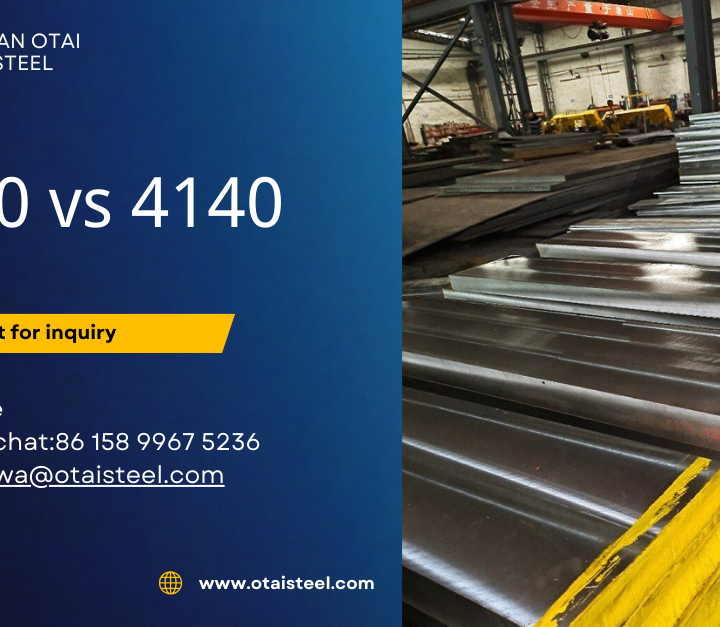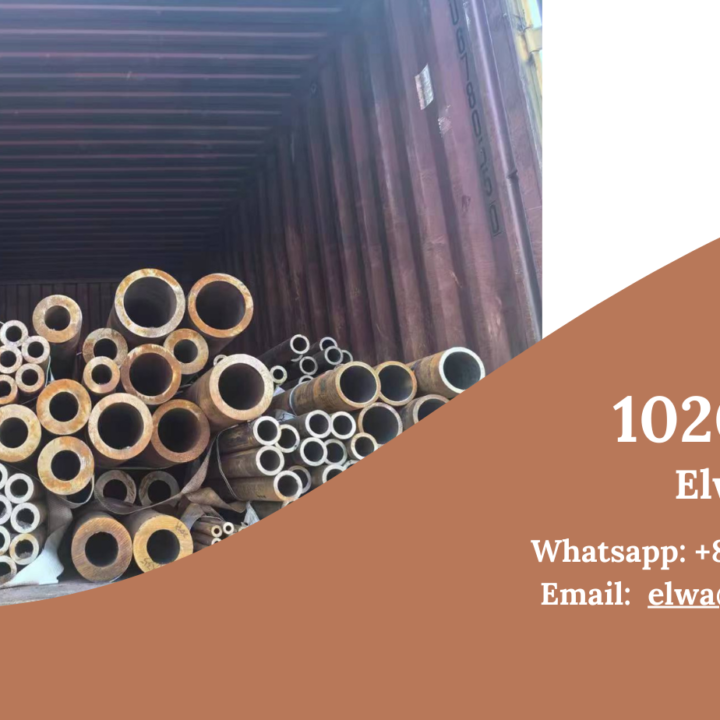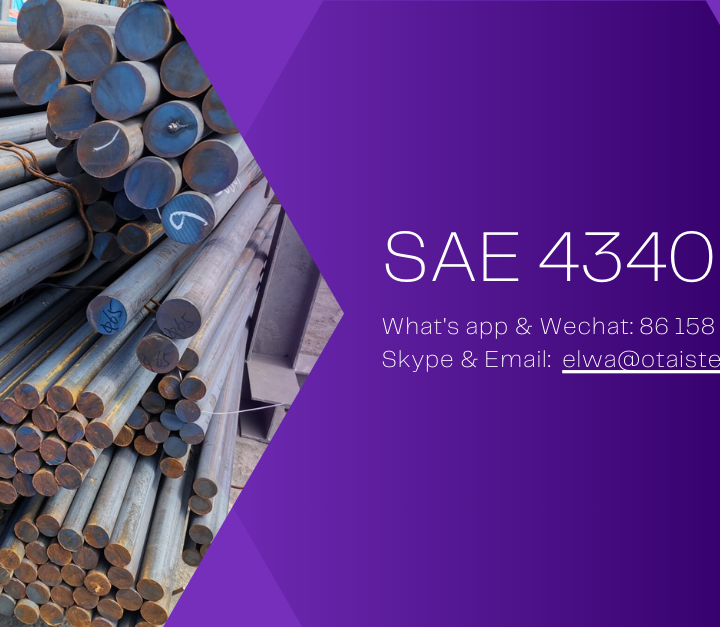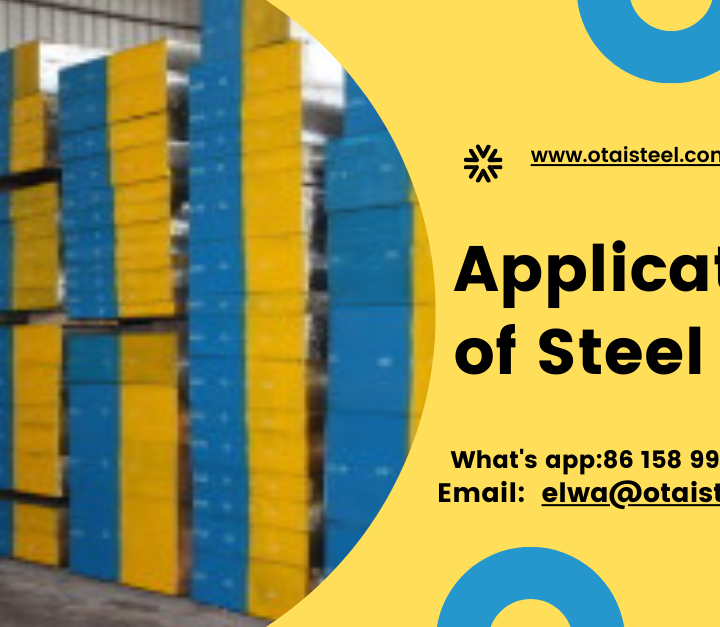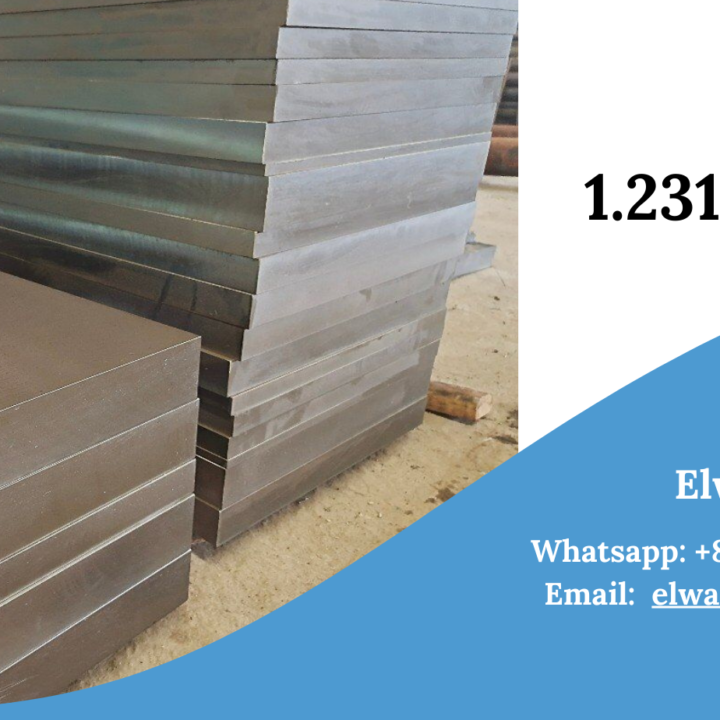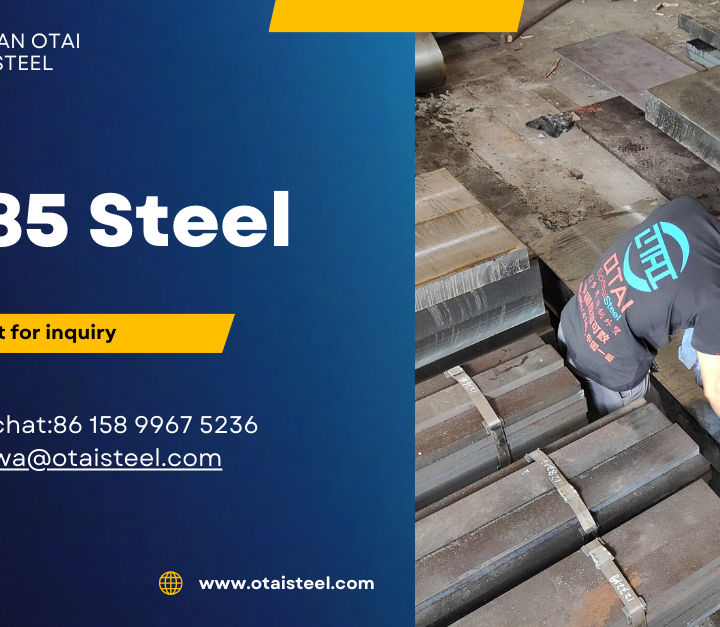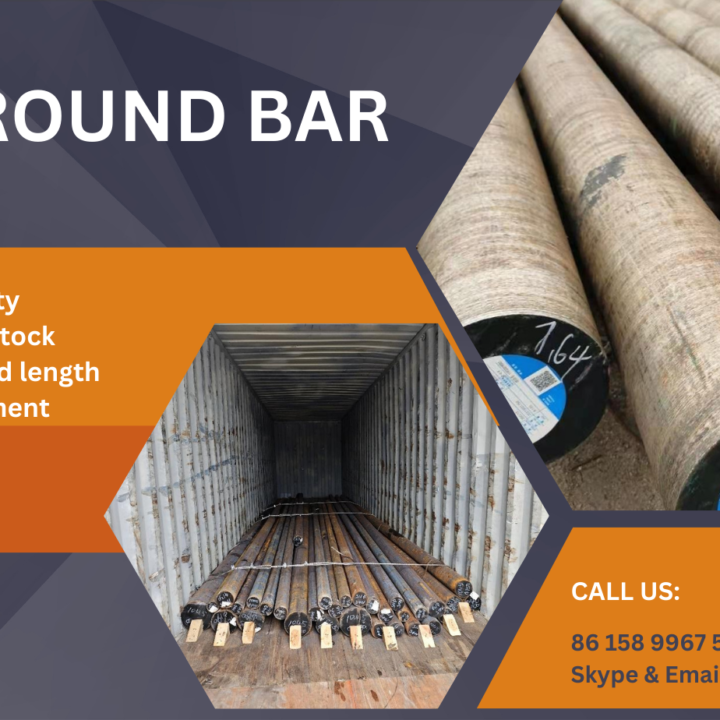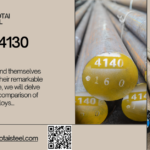Steel, a material known for its strength and versatility, has been a cornerstone of various industries for centuries. Among the myriad steel alloys available, 4140 steel has emerged as a remarkable choice due to its exceptional properties. In this article, we will delve into the future prospects of 4140 steel applications, exploring its potential in emerging industries and innovative technologies.
The Legacy
Before we explore the future, let’s briefly revisit the history and key characteristics of 4140 steel.
4140 Steel Overview:
- Composition: Iron (Fe), Chromium (Cr), Molybdenum (Mo), Carbon (C)
- Strength: High tensile strength
- Hardness: Typically 28-32 HRC (Rockwell C scale)
- Versatility: Suitable for a wide range of applications due to its excellent strength and toughness.
Automotive and Aerospace Advancements
As industries like automotive and aerospace continue to evolve, the demand for stronger and lighter materials becomes paramount. 4140 steel has been a key player in these sectors, finding applications in components such as axles, gears, and aircraft landing gear. However, its future prospects extend to even more critical roles, including advanced engine parts, lightweight structural components, and components for electric and hybrid vehicles.
Energy Sector Innovations
The energy sector is undergoing a transformative phase with a growing focus on renewable energy sources and energy storage solutions. 4140 steel can play a pivotal role in this transition. It can be used in the construction of wind turbines, ensuring structural integrity under extreme conditions. Moreover, its use in battery enclosures for energy storage systems can help maintain the security and durability of these critical components.
Evolving Manufacturing Technologies
The field of manufacturing is witnessing rapid advancements with the adoption of additive manufacturing (3D printing) and advanced machining techniques. 4140 steel’s machinability and heat-treatable nature make it a valuable candidate for these innovative manufacturing processes. As industries embrace these technologies, the demand for materials like 4140 steel is expected to surge.
Infrastructure Development
Infrastructure projects, including bridges, high-rise buildings, and transportation networks, require materials that can withstand heavy loads and environmental stresses. 4140 steel’s high tensile strength and durability make it an ideal choice for structural components in these projects. As urbanization and infrastructure development continue worldwide, the prospects for 4140 steel in construction applications remain promising.
Emerging Technologies
The rise of emerging technologies such as autonomous vehicles, space exploration, and advanced robotics presents new challenges and opportunities. 4140 steel, with its combination of strength, toughness, and versatility, can find applications in critical components for these technologies. Whether it’s autonomous vehicle chassis, space exploration equipment, or advanced robotic arms, 4140 steel’s role in shaping the future is undeniable.
Sustainability and Recycling
In an era of increasing environmental awareness, the sustainability of materials is a key consideration. 4140 steel’s recyclability and the potential for using recycled steel in various applications align with sustainable practices. As industries prioritize eco-friendly solutions, the versatility and durability of it may further contribute to its future prospects.
Conclusion
The future of 4140 steel applications holds tremendous promise across a spectrum of industries. Its unique combination of strength, durability, and adaptability positions it as a valuable material for emerging technologies, sustainable practices, and infrastructure development. As industries continue to push the boundaries of innovation, it is poised to play a pivotal role in shaping a more advanced, sustainable, and resilient future.
